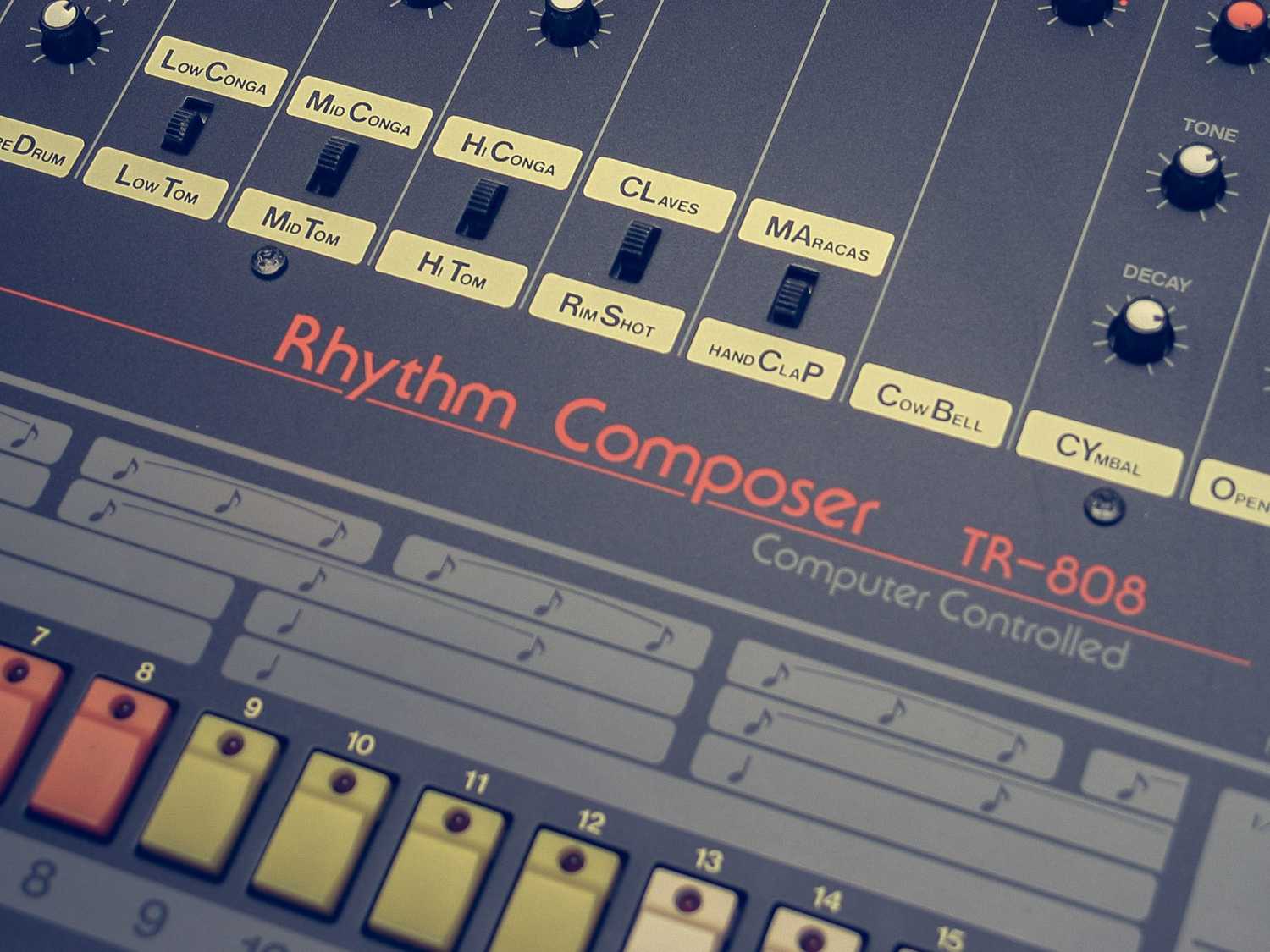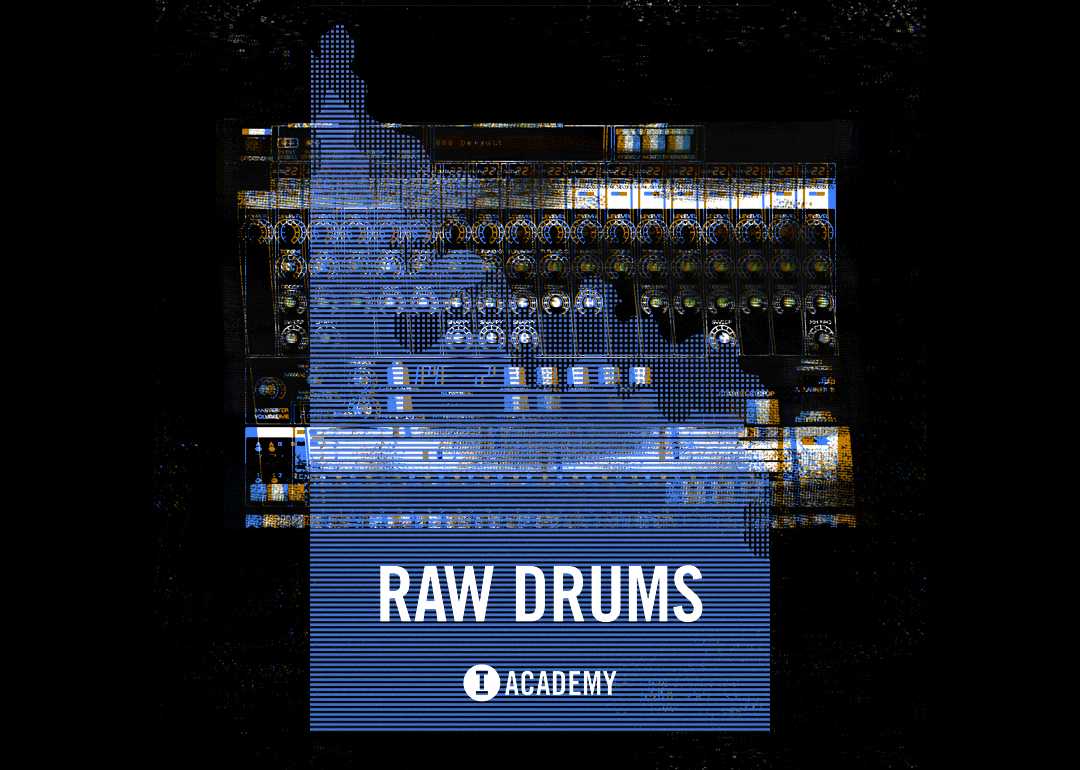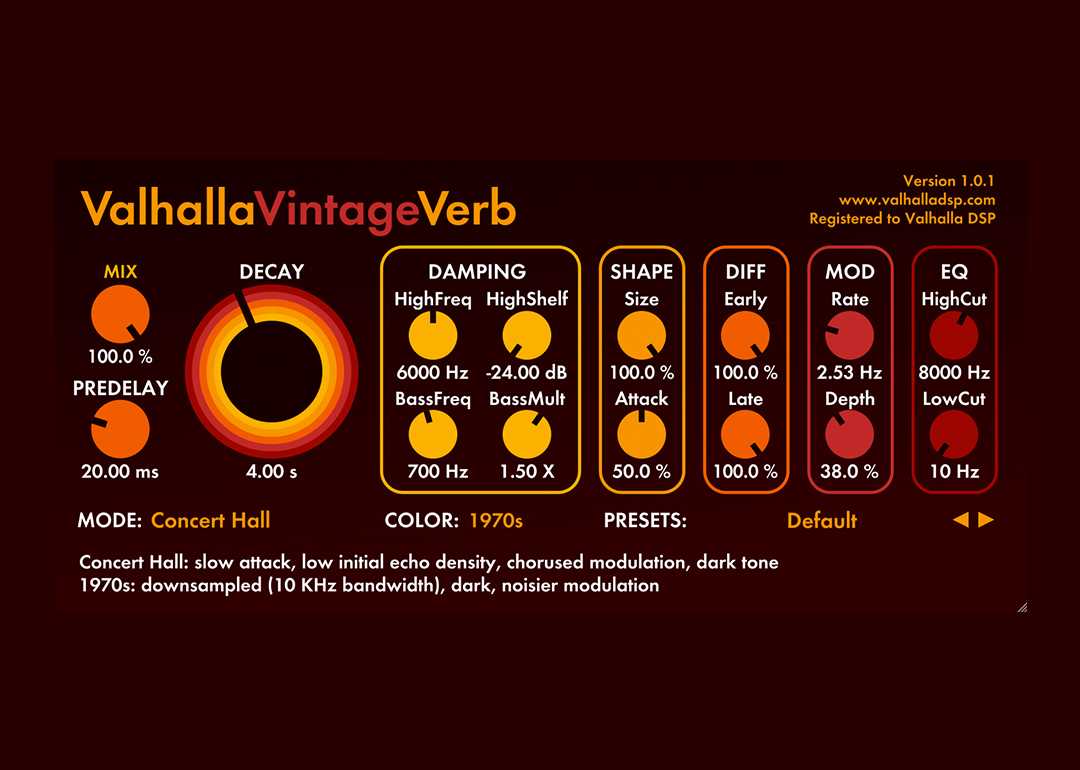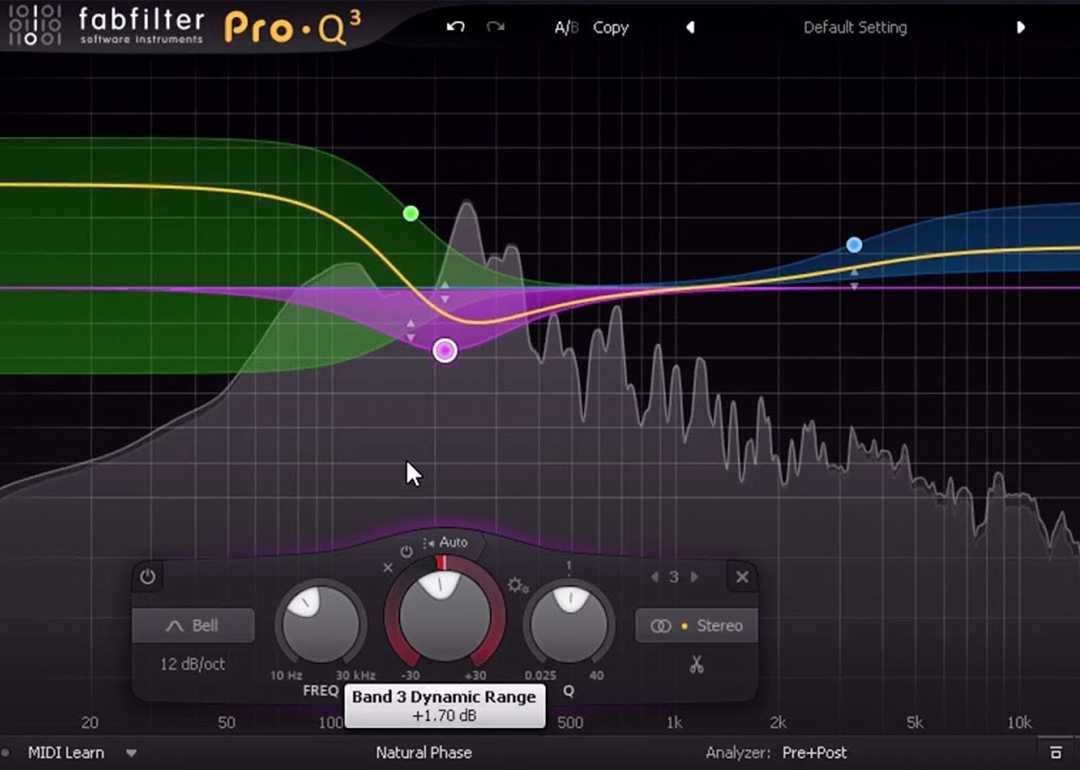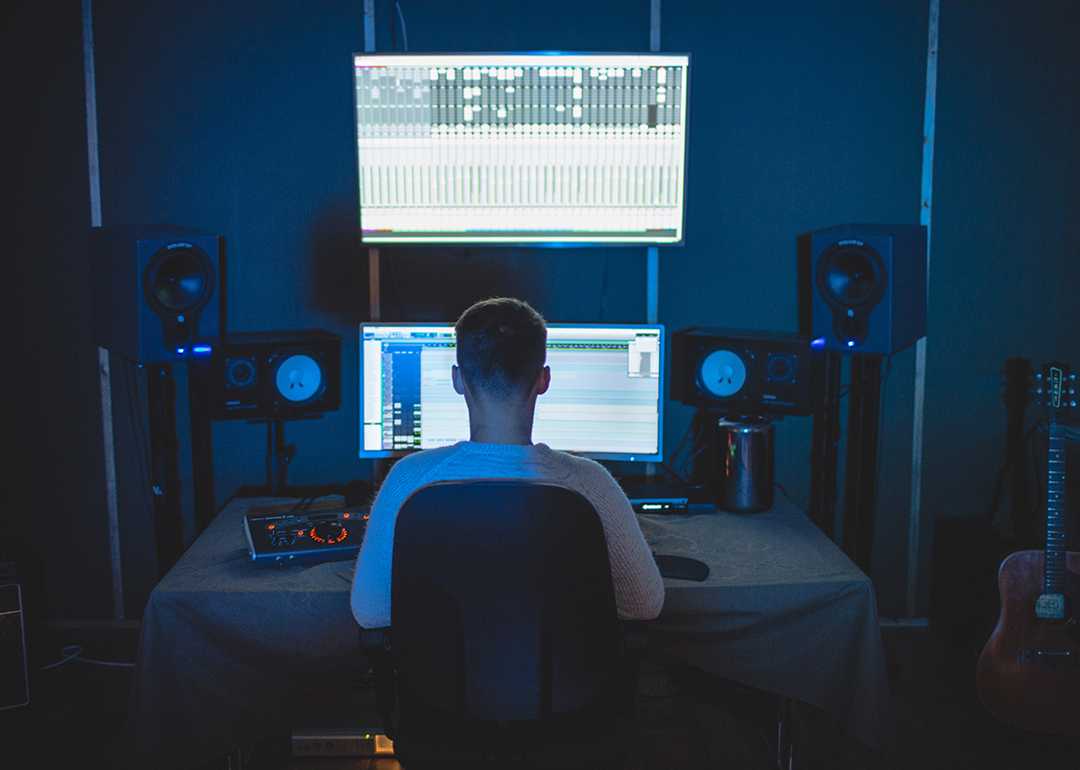And, it goes without saying that being able to cook up tough, raw sounding drum racks is an essential skill if you want to make a career in Electronic music. Unfortunately, the majority of the demos we receive are severely lacking in the drums department. Today, we’re showing you the most common mistakes that producers make when writing drums & what you can do to improve your tracks today. Let’s get started!
In Electronic music, drums are the centerpieces of your track. This is especially relevant in House, Tech House, and Techno, where a driving kick drum carries the weight of the record. Without a definite kick that cuts through your mix, you won’t be making many people dance. That’s for sure. This central focus on drums is unique to Electronic music. Pop music, for example, often features a lead singer as the principal element. Rock music is the same way, with drums essentially providing a backing track. This is the reason that most gradates of today’s sound engineering courses are often taught all of the wrong ways to mix their music.
That being said, a few simple methods can make a world of difference in the power of the drums in your tracks.
When making Electronic music, you are essentially collecting a whole swath of samples from god knows where. On top of that, you’re trying to arrange them into groovy little sequences that are catchy, and most importantly, not boring whatsoever. Clearly, this is easier said than done.
Between ripping little bits straight off of YouTube to trying to use a ZOOM Recorder to sample the very world around you, you certainly find strength in the diversity of your samples. The problem here, however, is that every sample that you’ll be dropping into your mix was recorded in a different “space.” This means that each sound is going to have a different amount of natural reverb on it, depending on where precisely the sound was recorded.
It is for this reason that we almost always suggest that producers route all of their drums into one single return channel in Ableton. This channel should be loaded up with a short tail reverb, perhaps from a plugin like Valhalla Vintage Verb. Doing this makes it such that each drum sounds like it is being played in an identical space. In other words, your drum section becomes akin to a live drummer that is playing every individual hit in one room.
This makes a huge difference in your tracks. While it isn’t always something you can immediately pick up on as a listener, odd amounts of natural reverb on each of your drums makes for an inauthentic, poorly done track. Beyond reverb, it’s important to remember that parallel compression is perhaps one of the most powerful tools that you can use to achieve tight sounding drums.
We’ve watched producers struggle with understanding compression for years and years. There’s no denying that it’s a tough concept to grasp at first. If it makes you feel any better, our very own D. Ramirez offers the following words of encouragement to anybody struggling to master this enigmatic process…
“I’ve been producing for 15 years, and I still don’t bloody understand compression.”
Haha. Very funny, D. Now, we think our beloved lead tutor D. Ramirez is exaggerating a bit here. However, he points out the obvious: understanding compression can be a doozy. So, try not to freak out when we explain the idea of parallel compression, and how it can improve your drum mix quite substantially.
Parallel compression is often referred to as New York compression. It involves using a return channel to house the plugin itself. If you haven’t noticed already, the use of return channels (or “sends”) is pretty crucial here. For this, we’re big fans of the SSL Bus Compressor. The idea here is that you send your drum signal into your return channel, where it is heavily compressed.
If you were to solo the individual return track, the signal would sound like a blown-out speaker. In all honesty, on its own, this sounds rather atrocious. Now, the trick here is to utilize the gain of the individual channel, start at 0, and slowly feed the overly compressed signal back into your drum mix.
Think of this as adding a small amount of a chopped up spicy pepper to a plate of curry. Too much, and you’ll burn your mouth. Too little, and the dish is boring. Music, just like life, is all about finding balance. This method, in combination with proper reverberation of your drums, will often fix 50% of issues involving weak sounding drums.
Now, it’s clear that giving you an entire seminar on parallel compression in the bounds of one small article would be next to impossible. However, we’re delighted to let you know that this is a concept we cover in-depth in both our Toolroom Academy Production Certificate Program.
Generally speaking, all drums aside from your kick have no business carrying frequencies below 100HZ. The problem here is not that your snare is going to clash with your kick drum. The issue is more along the lines that the cumulative effects of small amounts of sub-frequencies in each percussion sample will add up.
This results in a muddy mix that is the opposite of robust. As a general rule, apply a low pass filter to each drum sound, cutting below 100HZ. In fact, you can often go much higher than this, but 100HZ is the starting point. Doing so will free up valuable space in your drum mix that you cannot afford to let go to waste.
In terms of the stereo spread of your drums (or the perceived unique locations of your drums in the mix), you can generally always put your kick, clap, snare, and bassline can always be put in mono using Ableton’s Utility Plugin. Hats, crashes, and various percussive bits, however, will generally benefit from some amount of panning.
And of course, however, no amount of processing is going to cover-up poorly chosen sounds.
If there is anything that we want you to take away from our online content, articles, and courses, it is that sound choice is the most essential aspect of writing quality Electronic music. Time and time again, we watch producers try to polish up poorly chosen samples with endless racks of VSTs. While it may look cool to have 9 different plugins on every channel, in reality, it’s hugely unnecessary.
Don’t do be that guy/girl. Seriously, don’t!
The trick here is to choose samples that don’t need endless amounts of saturation, compression, EQ, and reverb. Instead, you’re far better off merely selecting kicks, snares, claps, and hats that all work well together from the get-go.
Obviously, you aren’t going to want to use a Hip Hop sample pack when looking for Tech House kick drums. But, the issue goes deeper than this. You’d be amazed at how often producers will try to slap a subby kick over the top of a pulsating Tech House bassline.
Any producer worth their salt knows that when making Electronic music, you’re either allowing your kick or your bass to carry the majority of the track’s low-end weight. Pro-tip: Ironically enough, you’ll often find that drum samples and other sounds used in DnB production are occasionally useful when making House music. They’re all from the 909, after all!
It’s instances like this that sound choice comes into play. On top of this, there’s a certain mystique about two samples that work well together that can’t be explained. Even when looking at this from the perspective of frequencies and sonics, some samples just don’t sound that great with one another.
Fortunately for you, Toolroom Academy has set out to bring you yet another high-octane sample pack designed to supercharge your productions with a unique, underground edge.
With over 469 loops and single hits to choose from, Raw Drums has something to offer every producer. No matter if you’re making House, Techno, Tech House, or even Trance and Electro, Raw Drums is yet another must-have sample pack. Raw Drums is not your ordinary sample collection. Each sound has been expertly crafted here at Toolroom HQ with just the right amount of processing. In doing so, this pack will inject warmth and grit into your records, the likes of which you’ve never seen before in a commercially available sample pack.
From dusty, warehouse inspired top loops to sharp snare drums designed to penetrate your mix and assault sound systems worldwide, this is yet another pack we’re proud to call our own.
